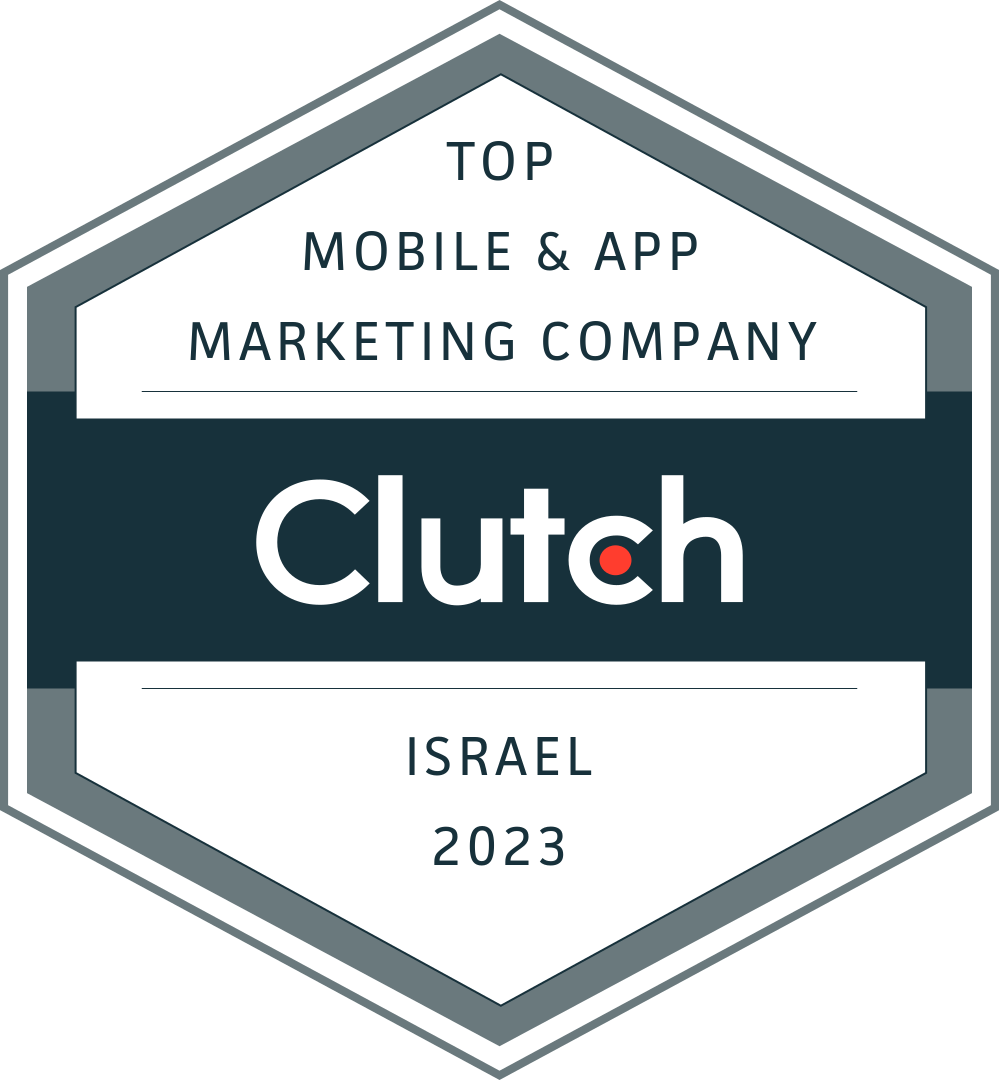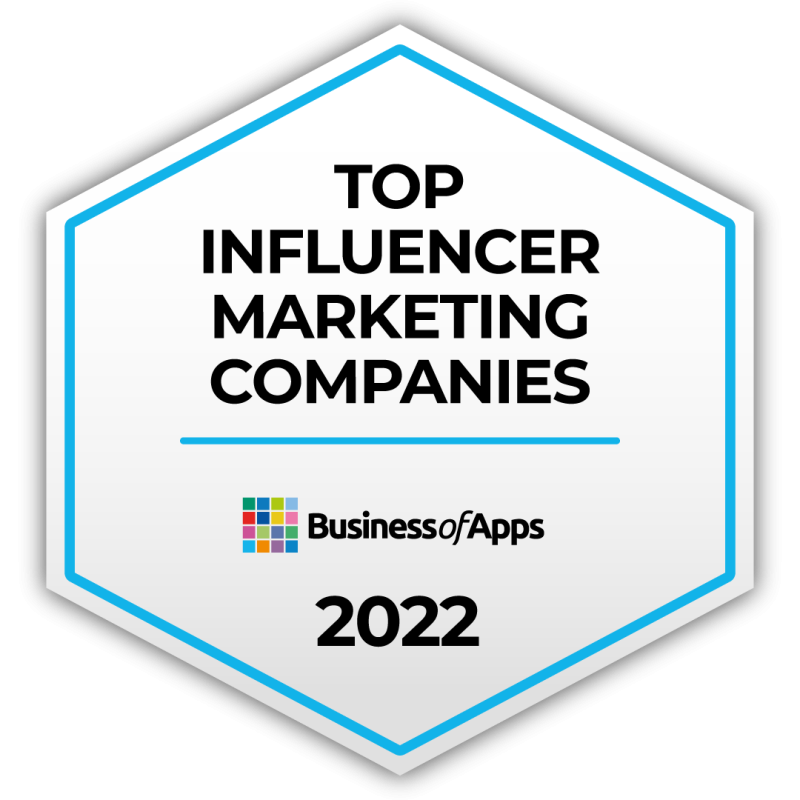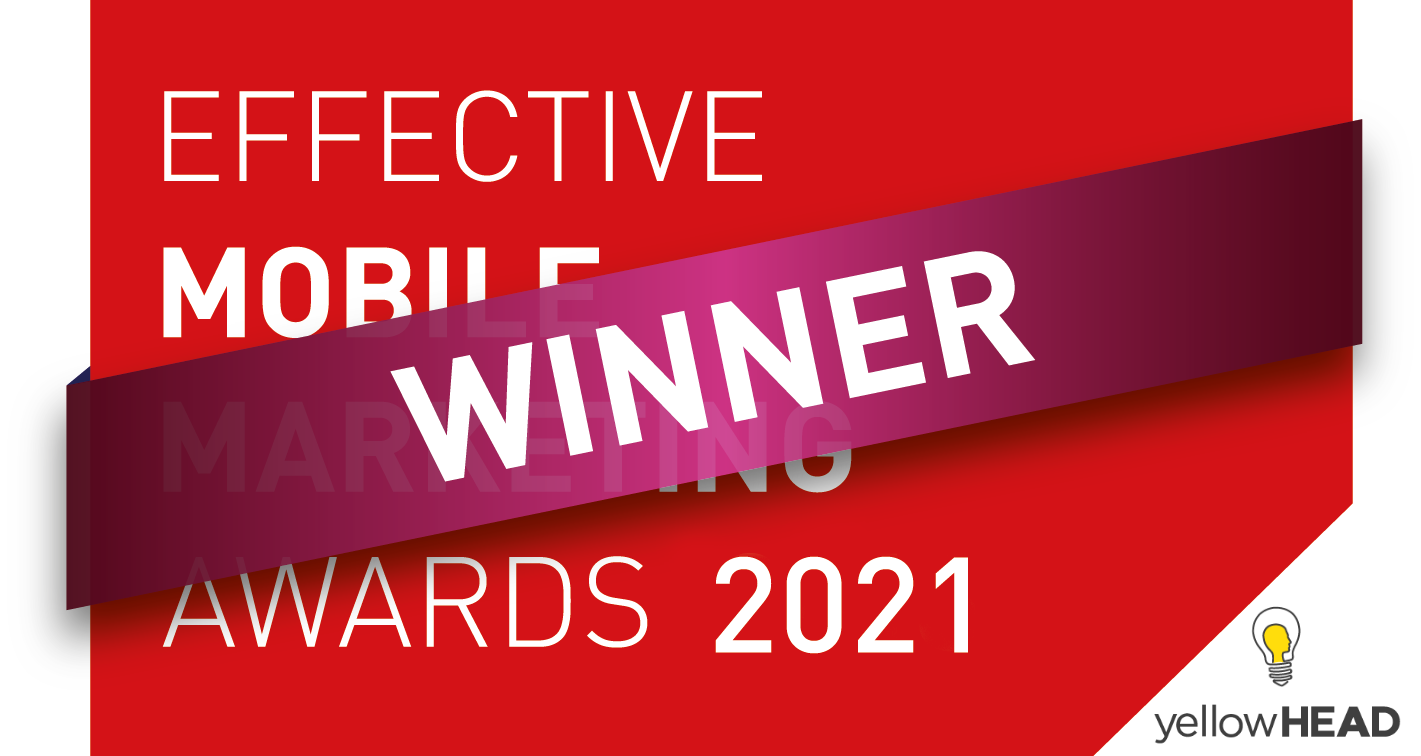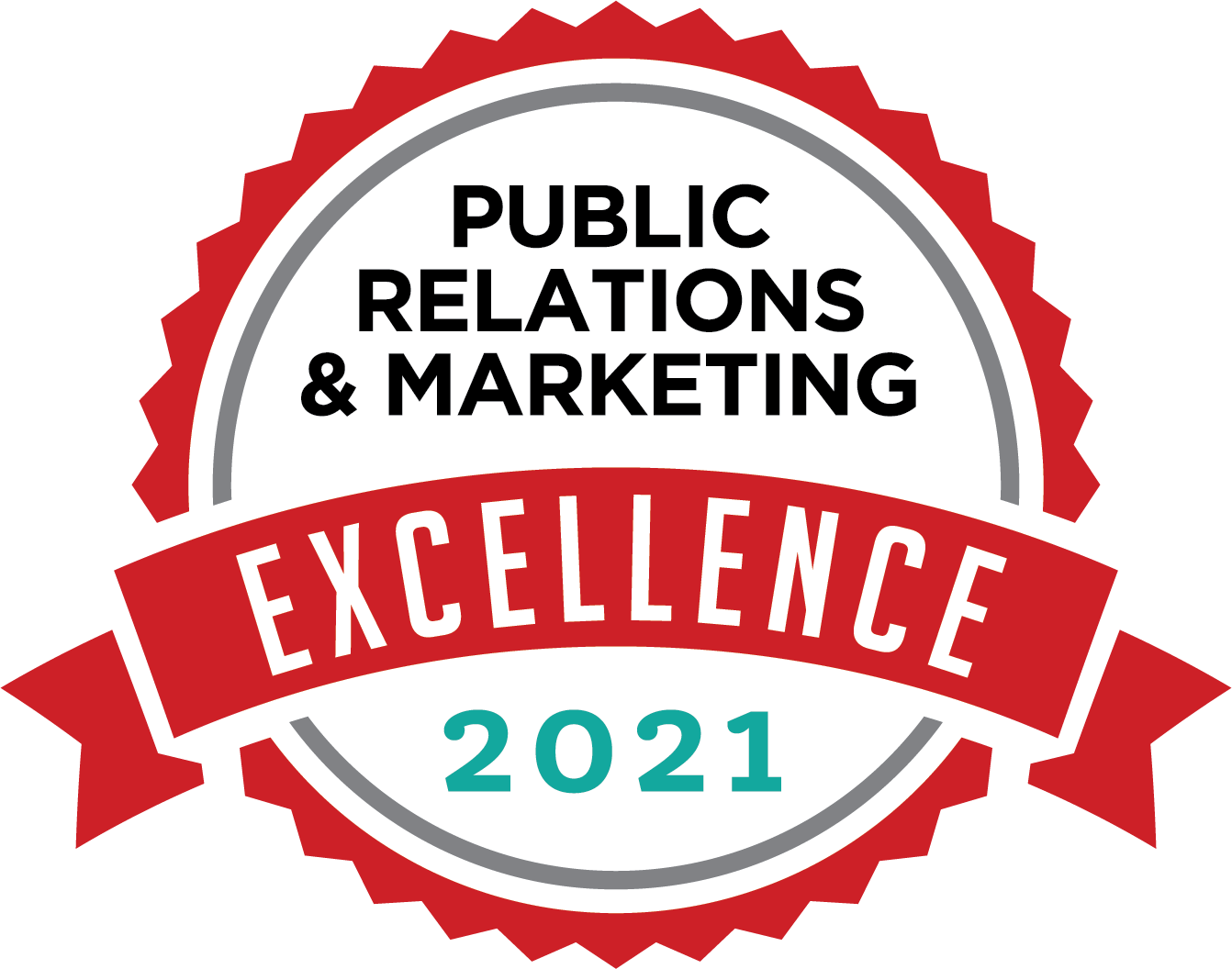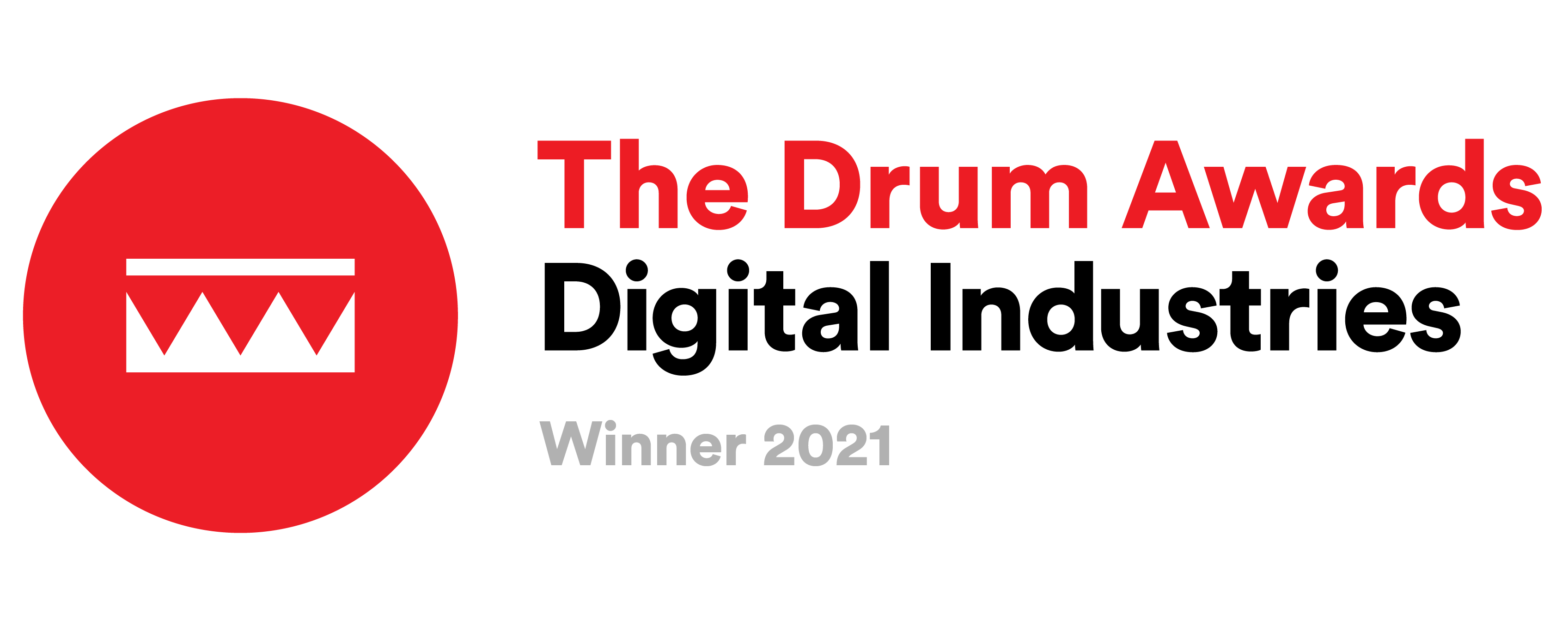10 CRO Best Practices – How to Increase Conversion Rate?

A thriving website packed with downloads, leads, purchases, and subscriptions, isn’t a happy accident! It’s the sweet reward of nailing your conversion rate optimization strategy.
While conversion rate optimization is a vast world of hypotheses, testing, and analysis, there are some tried-and-true best practices to boost your website’s conversion rate. In this article, we’re excited to share some of these top-notch strategies with you!
Understanding Conversion Rate: What is CRO?
Before diving into conversion rate optimization techniques, let’s make sure we understand what conversion rate is.
Conversion rate is the percentage of visitors who complete an action defined as a conversion. It is determined by dividing the total number of conversions by the total number of visitors over a specific time frame and multiplying the result by 100.
Think of your conversion rate as the ultimate performance tracker for your business. It’s not just numbers on a screen – it’s your trusty crystal ball, showing whether you’re crushing your goals or need to tweak your game plan.
So without further introduction, let’s explore some proven, actionable CRO techniques that can help every site owner increase their conversion rate.
How to Boost Conversion Rate? Top 10 CRO Strategies & Best Practices
1. Use a sense of urgency
People are highly responsive to the risk of losing out, so much so that it even has a name: FOMO (Fear of Missing Out). Incorporating messaging that leverages loss aversion has been proven to influence users driven by FOMO. Examples include:
- Only 2 items left in stock
- 4 people are viewing this deal right now
- 4 minutes left to grab the discount
2. Pricing comparison
Let’s say you are selling online tutorials. Showcasing an online course’s price is fantastic because it highlights one of the most influential decision-making factors in a clear and straightforward way. Displaying the course’s price alongside a higher, crossed-out “old” price creates the impression of an irresistible deal that buyers must act on quickly! This technique is a well-known CRO booster, but be sure to comply with the legal requirements for displaying discounted prices.
3. Align Content and Messaging with your user persona
When designing your landing page and writing the CTAs, ask yourself, what type of buyers are you trying to convert?
If you are selling to extravagant buyers / big spenders, focus more on visuals and less on price. In fact – in some cases, you would not want to show the price, because they might not even care about pricing. Instead, you would want to emphasize a sense of prestige, and disconnect it from a price tag.
Casual, responsible spenders, on the other hand, will respond to reassuring messages, such as a clear return policy or a solid guarantee, as they want to feel confident they’re making a smart investment. You’ll want to highlight and prominently display these elements in a clear, easily noticeable spot on the landing page.
When targeting cautious spenders, your messaging should emphasize money-saving opportunities and clear value propositions, like coupons, free samples, etc.
4. Avoiding Choice Overload
While, as a business owner, you might think that showcasing the enormous amount of options your site offers will impress users and highlight the extensive range of choices available – in the context of CRO it has been shown that too many choices tend to overwhelm users, making it harder for them to decide and ultimately leading to decision paralysis.
5. Popularity Bias (Herd Mentality)
Have you ever come across two restaurants side by side – one bustling with an endless waiting line and the other nearly empty with plenty of available tables? You’re starving, the menus look quite similar, and you haven’t heard anything about either place. Which one would you choose?
In many cases, people would prefer to wait in line to get a seat at the crowded restaurant, even though they have no knowledge of the quality of its food. Why is that?
As social beings, we tend to adopt behaviors and beliefs that are popular among others, especially those we feel some level of connection with. The more people support or engage with something, the more likely others will follow suit, often regardless of whether they truly understand or need the product or service.
To improve the conversion rate, you would want to provide some elements of reassurance in the shape of social proof. Some examples include:
- Customer Testimonials and Reviews
- Popularity Indicators (like “Most Popular Choice,” “Best-Selling Item”)
- Real-time social proof notifications (like: “10 people purchased this in the last hour”)
- Community size (e.g. “Join millions of users”)
- User-Generated Content
6. Preference manipulation
Imagine you’re selling a subscription service for an online course platform with three pricing options:
- Basic plan: 10 courses access: $15/month
- Premium plan: 50 courses access: $30/month
Your user would probably make a decision based on their financial situation / number of courses needed according to their education level.
But what if you add a third option:
40 courses access: $28/month
What would they choose then?
Researches have proven that in many cases, when presented with a decoy option, people will choose the premium option. When you think about it, wouldn’t it make more sense to add 2 dollars and get 10 more courses?
So, how do you do that?
On your landing page or product page, visually emphasize the Premium Plan as the best value: use comparison tables, add “Best Value!” labels, etc.
7. Simplified forms
If there is one thing people don’t like, is filling out forms. When asking for visitor’s information, be conscious of their time and sense of privacy.
Here are our golden CRO tips for form submission:
- Don’t add any unnecessary fields, and highlight the must-have ones
- Be transparent about the reason you are requesting this data, reassuring users that their data is safe.
- Autofill and autosuggestions are another great way of simplifying the form submission process.
- You can use progress indicators for multi-step forms, to show users how much is left to submit.
- Don’t forget to follow up after the submission to provide a confirmation for the user, that the submission was successful.
- An effective way to encourage users to complete a form is by offering something in return, such as a free playbook, a discount code, or similar incentives.
8. Strong, clear CTA
When it comes to converting a visitor to a client, you don’t get too many shots. Avoid vague CTAs (like: “next” / “Confirm”) and be extra clear on what you want your user to do, while emphasizing what benefit will they get from doing it: “Sign Up for Free”, “Get My Free Trial”, “Reserve My Spot”.
9. Optimize navigation
To improve your conversion rate, ensure that visitors can easily access the key strategic pages and sections of your site, where the magic of conversion happens. Keep menus intuitive and straightforward, avoiding unnecessary clicks that could frustrate users and lead them to abandon the process.
Use breadcrumbs to help users understand their location within the site. Always provide a “one step back” option, enabling users to navigate easily if they land in an undesired location.
Additionally, ensure that menu labels accurately reflect the content of the pages they link to, providing clarity and setting accurate expectations.
10. Reduce Distractions
Let’s face it: no one likes being bombarded with pop-ups, flashing banners, or a million CTAs fighting for attention.
Keep it simple! Clear the clutter, ditch the distractions, and let your landing page’s main goal take center stage. Your visitors will thank you – and they’ll be way more likely to stick around and convert.
Let’s picture this: A visitor lands on your page, ready to buy that awesome online course you’ve been working on so hard. But suddenly, they’re ambushed by visuals and pop-ups asking them to conduct many different actions: subscribe to a newsletter, download a limited-edition playbook, and then get a discount coupon if they sign up for email alerts. Meanwhile, an autoplay video of your inspiring course’s teaser starts blaring in the corner. Chaos, right?
By cutting the noise and prioritizing what matters – making it easy for shoppers to buy – you not only reduce frustration but also boost their likelihood of converting.
How can you test the impact of your conversion rate optimization strategy?
As you’ve likely realized by now, CRO is an ongoing process of testing and adapting your website based on the results.
When it comes to conversion rate optimization, let’s face it: your opinion about your website or landing page doesn’t matter much.
What does matter? Research and data. They’re the real MVPs of your CRO strategy, helping you fine-tune your site for success.
So, now that you got some idea of Conversion rate optimization best practices, and decided to implement some, how would you know which ones to implement, and which to set aside?
The possibilities of testing are endless – and you can experiment with anything from the color of the form to the font of your CTA button. Testing should be an ongoing process with the goal of consistently improving CVR (conversion rate).
A well-experienced CRO expert should provide a clear and logical testing plan, tailored to your business needs and objectives.
Here are some ideas to get started with testing:
- Different CTA’s tone of voice (official vs. friendly and playful)
- CTA’s positioning on the landing page
- Different USPs emphasized on the landing page
- The relative placement of social proof elements on the landing page
- Real people vs. illustrations (as visual elements on the landing page)
- Structure and flow of forms
- Different incentives and when to present them
- The timing of pop-ups (e.g., exit pop-up vs. scroll-triggered pop-up)
Final thoughts
While Conversion rate optimization might feel like an overwhelming task, we want to assure you that, when done correctly, planned ahead, measured using the right tools, and analyzed by the right people – your site can gain impressive growth in conversion rates!
Conversion rate optimization is all about knowing your audience and optimizing your website’s strategic parts according to their behavior. Every decision made in the CRO process should be data-driven, to assure the best results.
If you need expert CRO for your website – look no further. Contact yellowHEAD today for more information.















